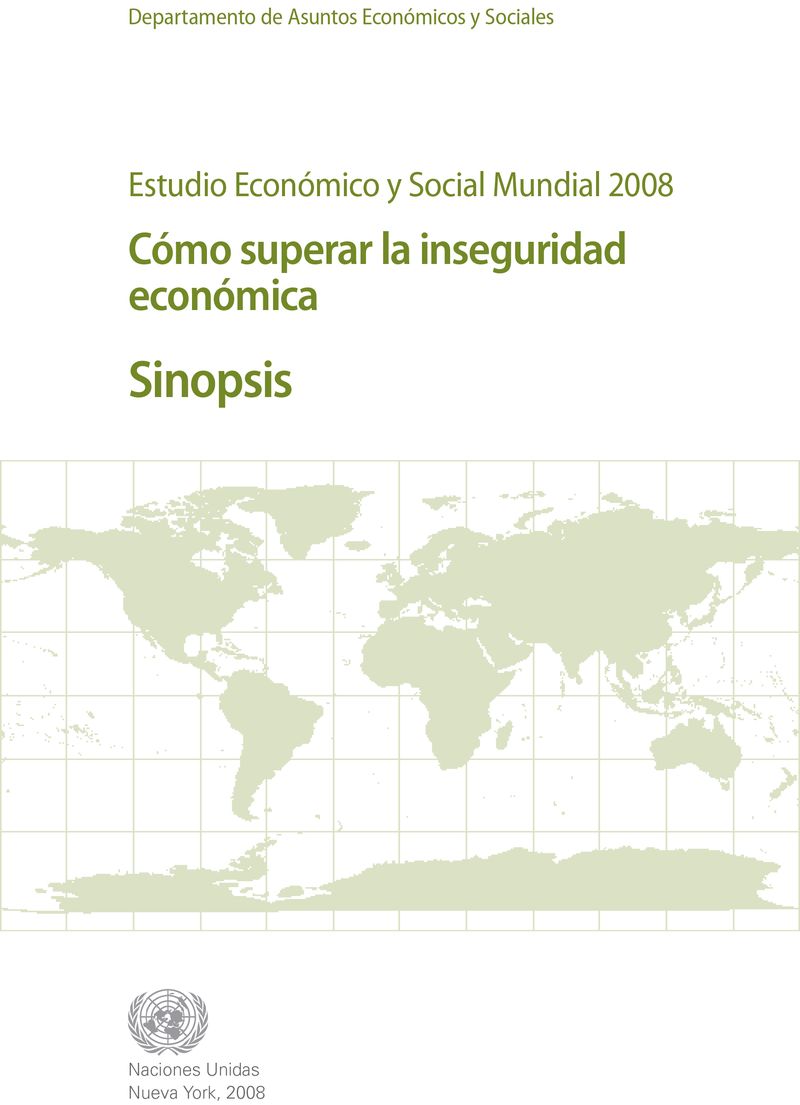A experiência norte-americana com o seguro agrícola: lições ao Brasil?
El seguro agrícola es un instrumento eficaz en la gestión de riesgos rurales. Paradójicamente, su uso por los agricultores es relativamente bajo en la mayor parte del mundo. Una notable excepción son los Estados Unidos de América, país donde tiene éxito. El proceso, sin embargo, fue lento, muy costoso y con la participación del Estado. Así, los países que deseen incorporar este instrumento entre las prioridades de su política agrícola, como parece ser el caso de Brasil, deben tomar en cuenta los requisitos necesarios para tener éxito, y los problemas que genera.






